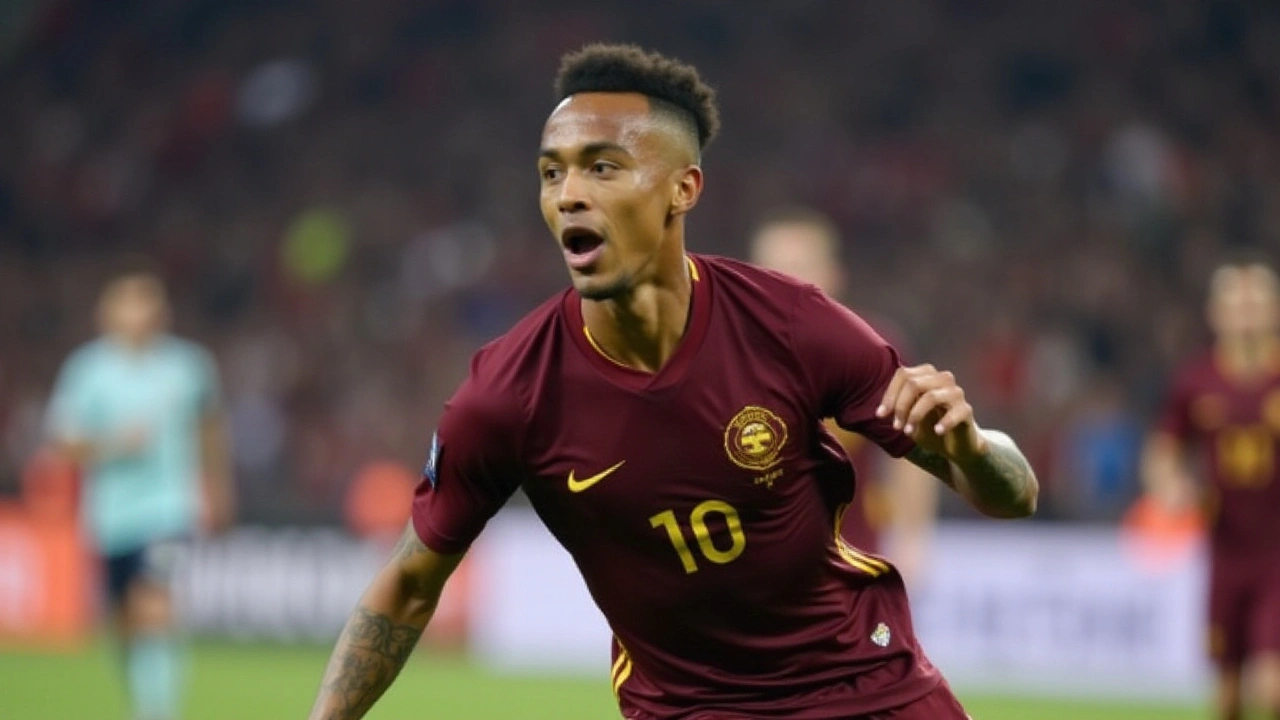Player Contracts Explained: What Every Fan Should Know
If you follow soccer, basketball or any other sport, you’ve probably heard the term "player contract" tossed around when clubs talk about signings. But what does it really mean? A player contract is a legal agreement that spells out how long a player will stay with a club, how much they get paid and what both sides can do if things go wrong.
Understanding these contracts helps you make sense of transfer rumors, salary disputes or why a star suddenly moves to another league. Below we break down the main parts of a contract, give real‑world examples and point out the clauses that matter most to fans.
How Contracts Shape Transfers
When a club wants to sign a player, they first have to negotiate the contract terms. The length is usually three to five years, but big names can get longer deals or short‑term extensions to keep their market value high. Salary isn’t just a flat number; it often includes bonuses for goals, appearances or winning titles.
Take the recent buzz around Liverpool’s Community Shield match. While the game itself wasn’t about contracts, the paywall drama shows how clubs and broadcasters negotiate rights that can affect a player’s exposure and earnings. If a player’s contract includes image‑rights clauses, they might earn extra money from TV deals or sponsorships tied to those broadcasts.
Transfer fees are another piece of the puzzle. A buying club pays the selling club an agreed amount, but the player's existing contract can raise that price. For instance, if a player has several years left on a high‑salary deal, the seller can demand more money because the buyer inherits those wages.
Common Clauses You Might Hear
Release clause: A set amount that, if met, lets the player leave without the selling club’s consent. Many South African and European contracts include this to protect players from being stuck in unpopular deals.
Performance bonuses: Extra cash for hitting targets like 20 goals in a season or making a certain number of appearances. These motivate players and give clubs flexibility if performance drops.
Loyalty bonus: A lump sum paid when a player stays the full contract length. It rewards commitment and can discourage early exits.
Image‑rights: Controls who can use a player's likeness for marketing. Clubs negotiate this to earn from merchandise, while players may keep some rights for personal endorsements.
Knowing these clauses helps you read headlines with a critical eye. When the media says a player "walked away" after a contract dispute, it often involves unpaid bonuses or disagreements over image‑rights.
For African fans, staying updated on local leagues’ contracts is key. The South African Premier Division has seen several high‑profile cases where clubs faced penalties for breaching POPIA rules while handling player data—showing that contracts aren’t just about money, but also legal compliance.
In short, a player contract is more than a paycheck. It’s a roadmap of rights, obligations and financial incentives that shape careers, club strategies and the news you read every day. Keep an eye on release clauses, bonuses and image‑rights – they’re the real drivers behind transfer gossip and the stories you love.

Liverpool FC Faces Crucial Contract Decisions on Key Players
Aug 30, 2024, Posted by Ra'eesa Moosa
Liverpool Football Club is facing significant contractual challenges with several key players nearing the end of their contracts. Decisions regarding star striker Mohamed Salah, captain Virgil van Dijk, and England defender Trent Alexander-Arnold are crucial for the club's stability. The club's financial situation may also require strategic planning and potential player sales.
MORE